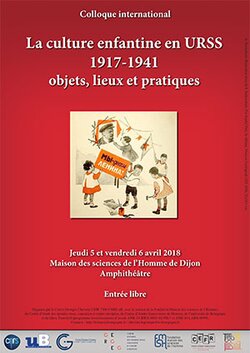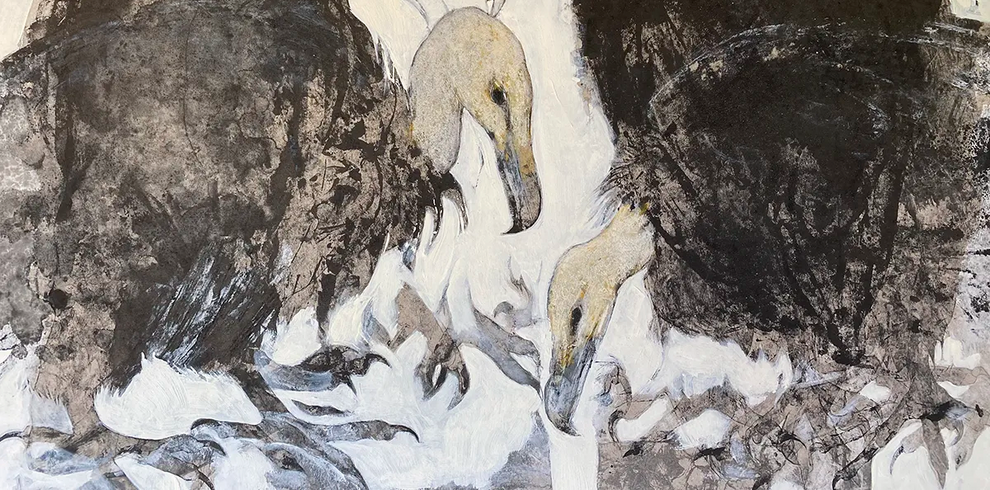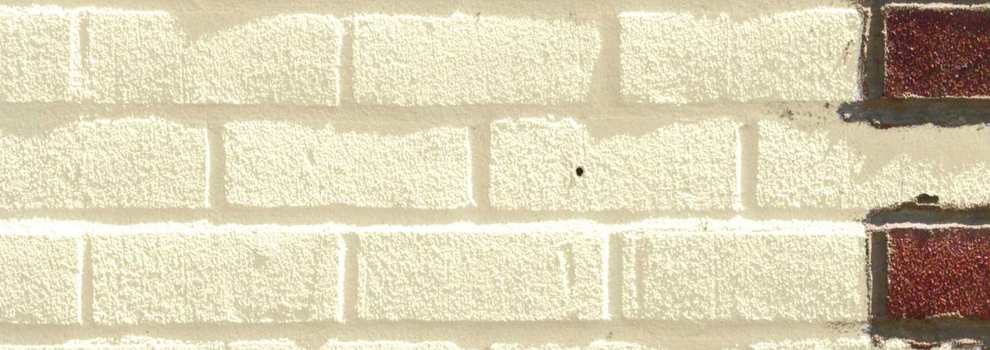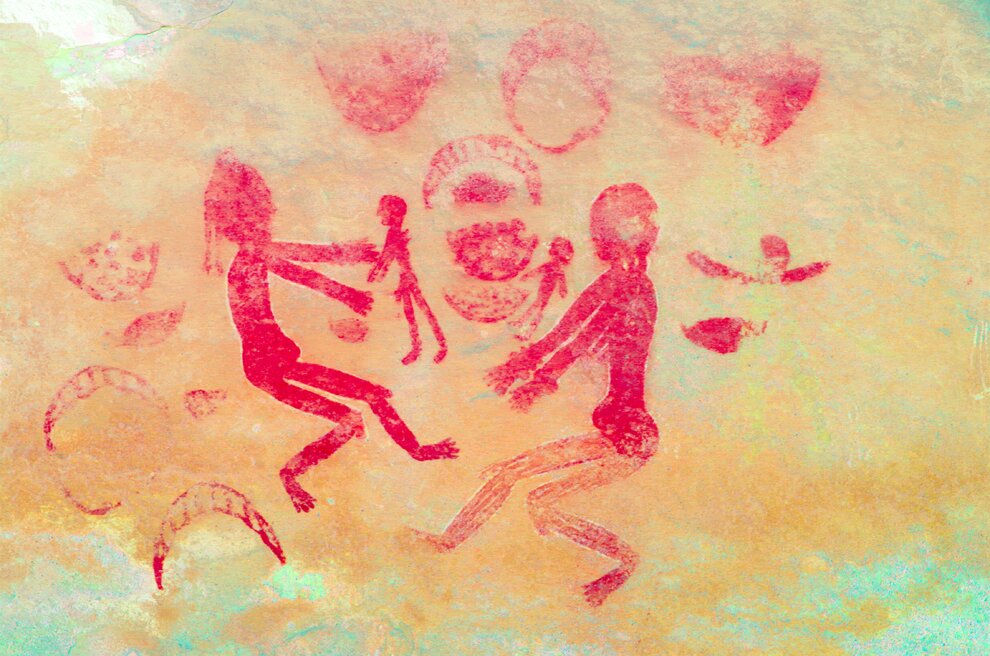Children culture in USSR, 1917-1941 : objects, places and practices
International conference - April 5 & 6, 2018
Thursday
05
April
2018
Friday
06
April
2018

Published at 5 April 2018

